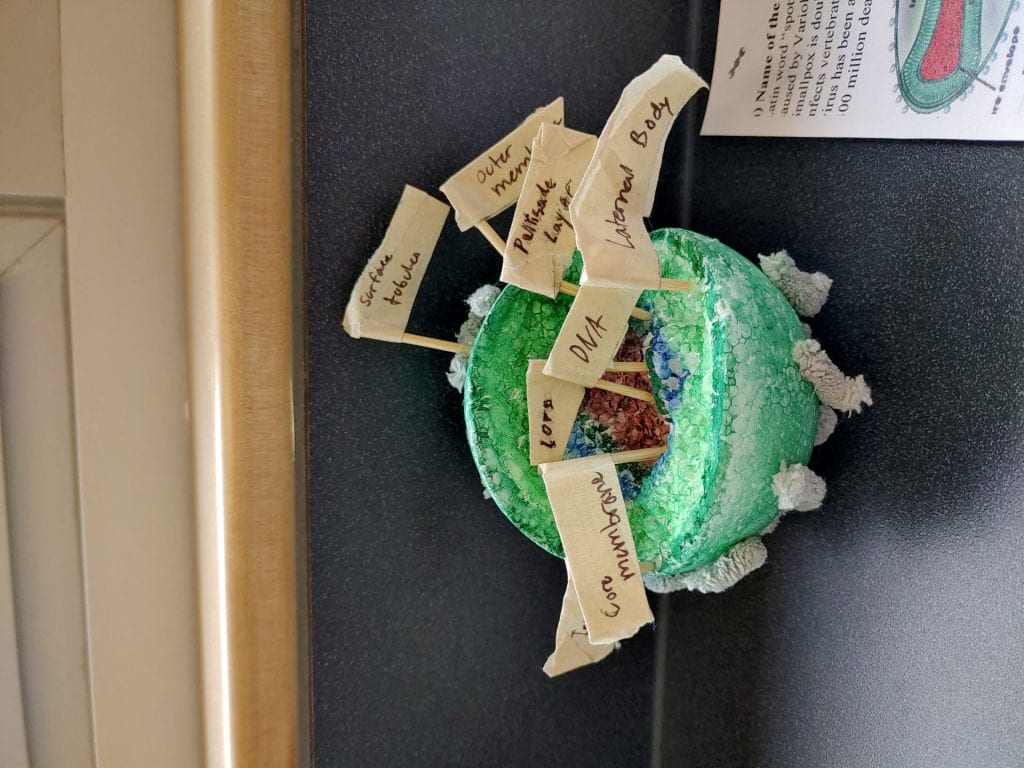Curricular Response
Describe how your work with dissections improved your understanding of different animal body systems and evolution in general.
By observing an animal hands on, I’m able to distinguish and recognize variety of organs from each other. In this hands on environment, it help me learn the internal/external structures of the animal and how it relates to their function. A totally different experience then learning from a screen or paper by using my other 4 senses other than sight. We dissected a variety of animals and compared them from each other. We compared them by how they feed, reproduce, cellular, respire, and functionality from observing their internal/external structures. Allowing us to further understand them using knowledge from notes and hands on experience. From this, we analyze the knowledge how they come to be. From factors such as environment, predators, and prey resulting for their evolution in present day.
Core Competency Self Assessment
It is important to celebrate our accomplishments. Which dissection lab are you the proudest of and why?
I was most proud of the squid dissection. Reason being, the dissection went swiftly without grossing or icking out. It was enjoyable learning about the squid’s internal organs hands on. At the end of the lab, we even got to eat calamari made out of the squid we dissect.
What challenges did you face during these investigations? Discuss challenges that were physical, intellectual, and emotional.
One challenge I faced was trying to handle and identify the squid. Taking out the identified part took extra care as it was delicate and could easily break. Taking out the lenses from the eyes was also a hassle. The lenses were miniscule and fragile that would get easily lost in the eye’s black fluid.
What strategies did you use to overcome those challenges? Describe in detail.
To overcome the discussed physical challenges, I took my time and handle fragile organs delicately. That means sometimes resorting to use my hands instead of using the assigned tool, in order to increase precision when handling. To retrieve the lost lenses from the black fluid, I would use napkins to suck up the fluid and clearly identified the organ.





